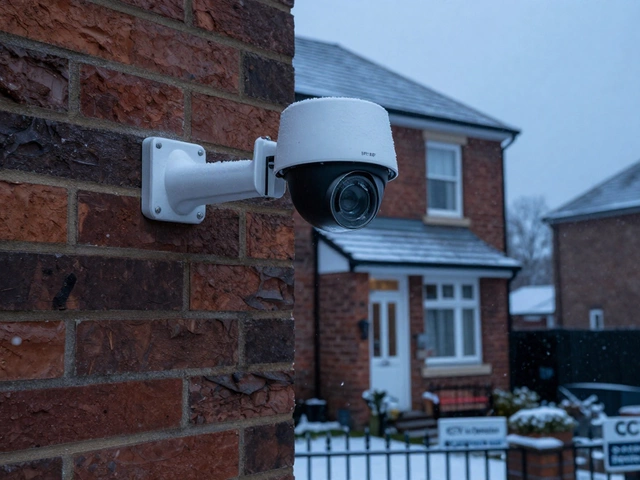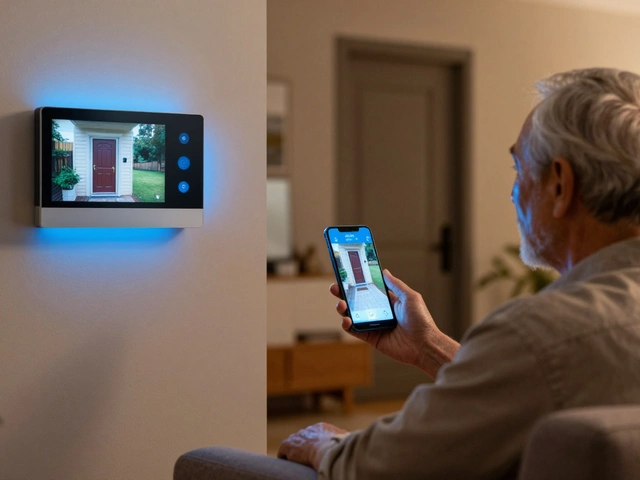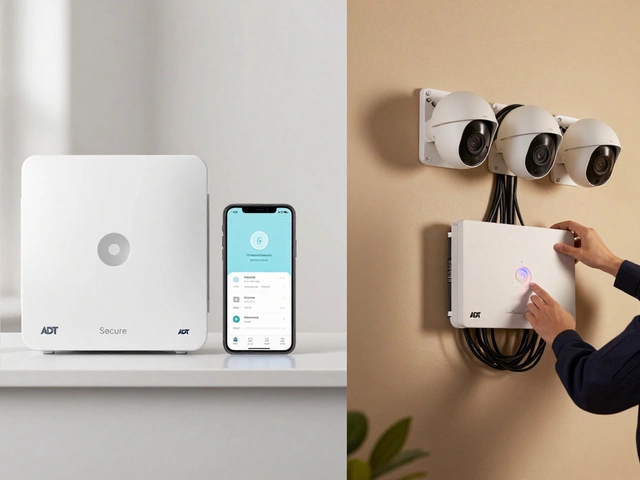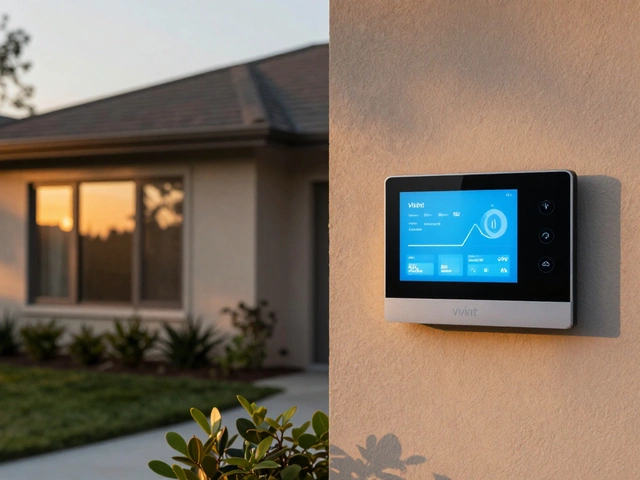Motion Detectors: What You Need to Know in 2025
If you’re trying to make your home safer, a good motion detector is a must. It’s the part of a security system that spots movement and tells the alarm to go off. In plain English, it’s the “eyes” that watch for intruders when you’re not around.
There are three main types you’ll see on the market today: PIR (Passive Infra‑Red), microwave and dual‑tech. PIR sensors detect the heat from a person’s body, so they’re great for indoor rooms where you don’t expect pets to run around. Microwave sensors send out tiny radio waves and listen for changes, which makes them work well outdoors or in places with lots of temperature shifts. Dual‑tech combines both methods, so you get the low false‑alarm rate of PIR plus the range of microwave.
How to Choose the Right Sensor for Your Home
First, think about where you’ll install it. A hallway that only sees foot traffic can get away with a cheap PIR unit. A garage or garden shed that faces the street benefits from microwave or dual‑tech because they cope better with wind, rain and passing cars.
Second, check the sensor’s detection range. Most indoor PIRs cover 10‑12 metres in a 120‑degree arc. Outdoor microwave units can see 20‑30 metres, but they also pick up motion from trees or passing cyclists. If you’re worried about false alarms, look for a sensor with a built‑in pet‑immune setting – it ignores animals under a certain weight.
Third, consider how the detector talks to the rest of your system. Modern alarms use wired, wireless (Z‑Wave, Zigbee) or Wi‑Fi connections. Wired is the most reliable if you run cables during a renovation. Wireless is easier to install but make sure the battery life is at least a year, and keep the receiver within range.
Practical Tips for Installing Motion Detectors
Mount the sensor at about 2‑2.5 metres high – that’s the sweet spot for catching a standing person. Point it away from windows or heat sources; sunlight can trick PIR sensors into false alerts. Test the field of view by moving slowly across the room; you should see the indicator light change as you pass.
When wiring, use a dedicated alarm circuit if possible. It prevents power surges from blowing the sensor’s fuse. For wireless units, pair them right after powering up, then run a quick test from the control panel to confirm the signal strength.
Finally, don’t forget to integrate the motion detector with other devices. Most alarm panels let you set zones – you can make the motion sensor trigger a silent alarm at night or a loud siren during the day. Pairing it with Smart Home hubs (like Alexa or Google Home) lets you get push notifications on your phone the moment motion is detected.
On this tag page you’ll find detailed articles that dive deeper into each sensor type, compare the best models of 2025, and walk you through step‑by‑step installations. Whether you’re a DIY homeowner or a small business manager, the guides here give you the facts you need without the jargon.
Bottom line: pick a sensor that matches the room’s size, the environment’s conditions, and your alarm’s communication method. Do a quick test before sealing it in place, and you’ll have a reliable motion detector that actually helps keep your property safe.






